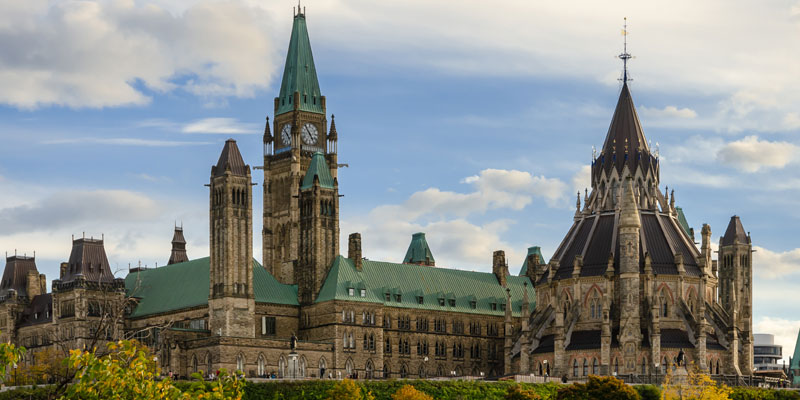Canadian governments should discard ‘climate policy’ stew and start over

In the grand Hollywood musical, Man of La Mancha, protagonist Don Quixote sings of his quest “To dream the impossible dream, to fight the unbeatable foe, to bear with unbearable sorrow, to run where the brave dare not go.” It’s from Don Quixote that we derive the idea of a “Quixotic endeavour,” meaning an obsessive fixation on doing the impossible no matter how ridiculous it makes one seem in the end. In the real world, politicians worldwide are adapting Don Quixote for a new generation, by chasing the impossible dream of a world of net-zero carbon emissions. And not simply as an ideal, but as a hard target with a defined timeline.
In Canada, our politicians have grown fond of the “all of the above approach,” but in the real world, this doesn’t work. Not to mix metaphors, but if you’re making a stew, at a certain point, when you throw in more ingredients, they clash with the ones already in the pot and the result is not better stew but an inedible mess. That’s where we are today with climate policy in Canada. And here’s why the big three climate policies (regulations, carbon caps and carbon taxes) don’t play well together.
Regulations, by their nature, distort price signals. For example, if government says manufacturers can’t sell you a new gasoline-powered car, the market’s ability to set a price for new gasoline cars is destroyed and the market for old gasoline cars is wildly distorted. Since you can’t have a new gas-powered car at any price, your used (probably higher-emitting) car that may have been lower-value before is now a higher-value commodity.
Carbon taxes, on the other hand, could set a price signal in isolation, using the discovery power of markets to guide people toward the lowest greenhouse gas-emitting activities that would suit their budgets, but pre-existing regulations bung up that idea as well, distorting the market's ability to find lower-cost approaches to GHG emission reductions across the board.
Hard emission caps, ironically, degrade the value of carbon taxes and regulations by making the idea of pricing meaningless (you won’t be allowed to emit carbon on net past date X at any price) and completely upending the cost-benefit evaluations made in crafting and complying with previously enacted regulations that presumed an ongoing market economy in GHG emissions.
And with ultimate irony, these new quixotic carbon caps, by further mangling energy and carbon markets, will ultimately undercut the transition to renewable sources of power such as wind power. Yes, the net-zero Quixotes will indeed be “tilting at windmills,” the very windmills they claim to favour.
Governments, at all points in the climate change saga, have had a choice of approaches to addressing GHG emissions. They could have gone with all regulation (which has many problems) or emission-pricing in lieu of regulation (which also has many problems) or complete fiat from the beginning—hard society-wide caps on GHG emissions with arbitrary attainment timelines. Although that approach was universally decried as the worst possible policy approach at every previous point in the climate change saga.
Of course, our governments did not pick a particular recipe for success but an “all of the above” approach that has turned our climate policy stew into a dog’s breakfast. At this point, in a sane kitchen, the chef would empty the pot and start again. Or is that simply another impossible dream?
Author:
Subscribe to the Fraser Institute
Get the latest news from the Fraser Institute on the latest research studies, news and events.

